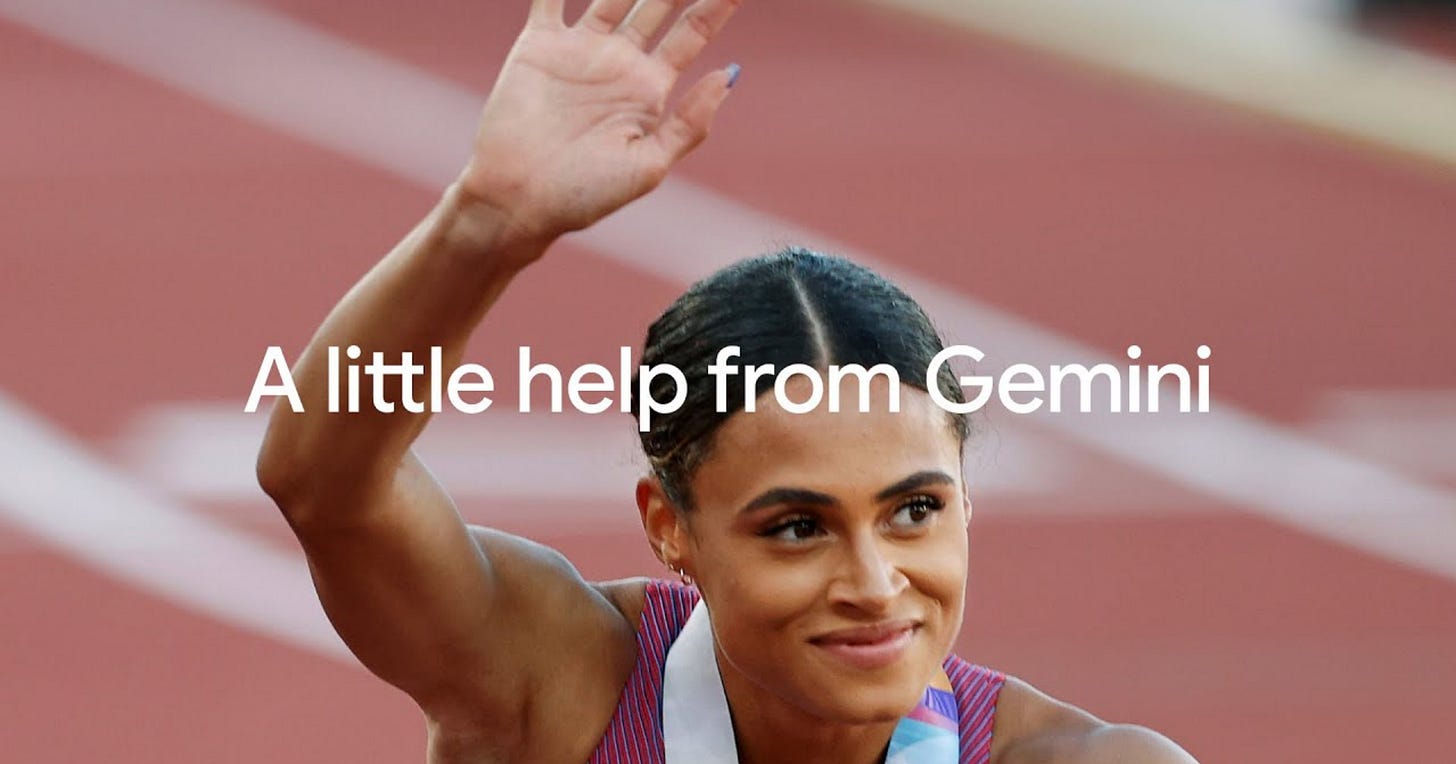How AI Is Revolutionising Sports PR & Marketing Strategies
Discover how intelligent algorithms deliver personalised fan engagement, optimise campaigns in real time and transform content workflows for modern sports brands.
Artificial intelligence is reshaping sports PR and marketing strategies by offering unprecedented precision in audience insights, content customisation and campaign measurement. Leading brands employ AI-driven tools to analyse vast data streams, anticipate fan behaviours and tailor messaging across multiple channels, ensuring deeper engagement and improved return on investment. This evolution fosters personalised storytelling that resonates with diverse fan segments and strengthens brand loyalty.
Advanced AI algorithms profile sports audiences by analysing demographic, behavioural and social media data in real time. By leveraging machine learning models, marketers predict content preferences and purchasing intent, enabling hyper-targeted campaigns that deliver relevant experiences to individual fans. These insights inform PR strategies and sponsorship activations, ensuring that messaging reaches the right stakeholders. Ultimately, data-driven precision transforms one-size-fits-all promotions into bespoke engagement journeys.
Dynamic advertising powered by AI platforms adjusts creative content and channel placement in response to live data such as match events and fan sentiment. This real-time optimisation ensures that promotional messages appear at the most relevant moments, maximising reach and resonance. Analytics dashboards track these adaptations, allowing PR teams to refine media strategies on the fly. By unifying data streams, marketers deliver seamless brand narratives.
Automated content creation platforms employ natural language processing and computer vision to generate match reports, highlight reels and press releases with minimal human input. Tools like SportsBuddy combine player tracking data and timeline visualisations to craft engaging narratives, enabling PR teams to focus on strategy rather than manual editing. By accelerating content workflows, AI ensures distribution through social channels, preserving consistent brand voice and standards.
AI-driven platforms analyse social media metrics, engagement rates and fan interactions to identify optimal influencer partnerships. By evaluating audience overlap and sentiment, these systems recommend athlete ambassadors whose personal brands align with organisational values. Automated campaign optimisation tools adjust sponsorship activations in real time, reallocating budgets towards high-performing partnerships. This strategic approach maximises ROI, ensuring collaborations resonate with target demographics and drive engagement.
Conversational AI and chatbots have become integral to fan engagement, providing personalised customer service and ticketing assistance. Natural language understanding allows these virtual assistants to respond to enquiries about match timings, merchandise availability and press credentials accurately and instantly. By integrating chatbot data into CRM systems, PR departments can track sentiment trends, identify emerging issues and craft timely responses, enhancing brand reputation and fan satisfaction.
The rapid adoption of AI in sports PR and marketing raises ethical questions relating to data privacy and algorithmic bias. Organisations must comply with GDPR when processing fan data, incorporating anonymisation and security protocols. Marketers should audit AI models to detect unintended biases and ensure fairness across demographic groups. Transparent communication about AI’s role builds trust and positions brands as responsible custodians of fan information.
As AI technologies mature, collaboration between human strategists and intelligent systems will define the next era of sports PR. Hybrid workflows will combine creative intuition with data-driven recommendations, crafting campaigns that are both emotionally resonant and analytically sound. Emerging techniques such as generative AI will enable rapid prototyping of visuals and copy, while predictive analytics continuously refine messaging strategies. Ultimately, synergy promises immersive fan journeys.





